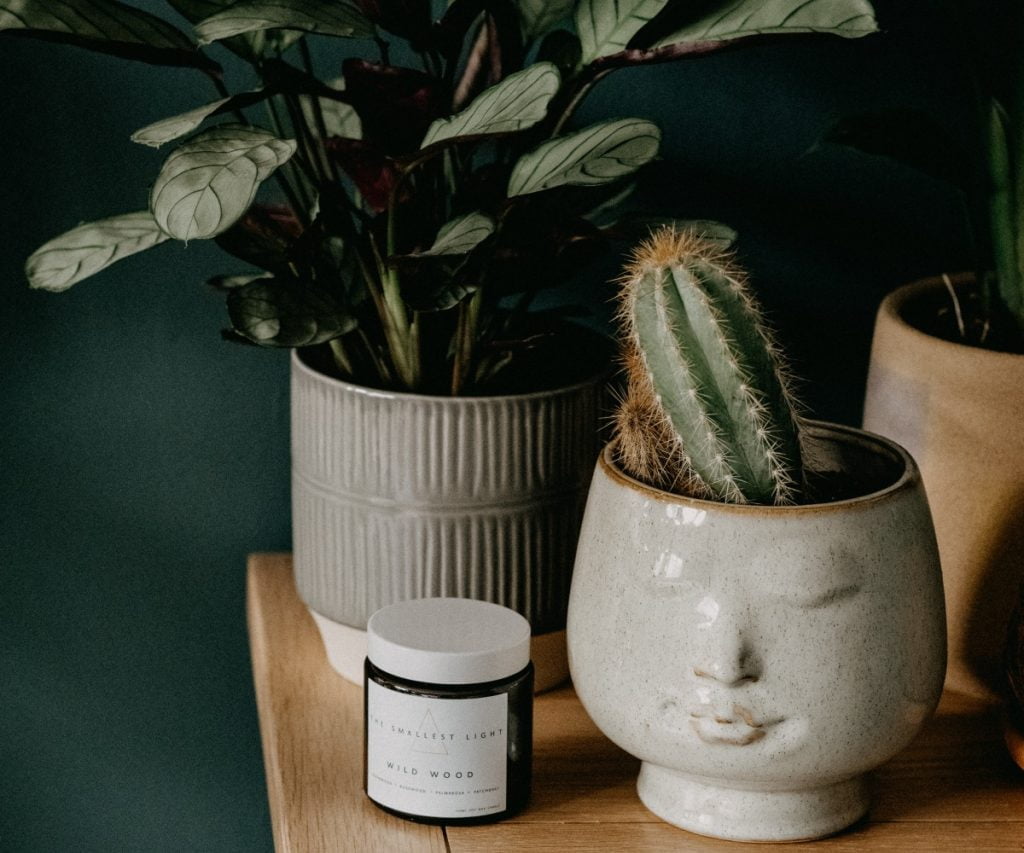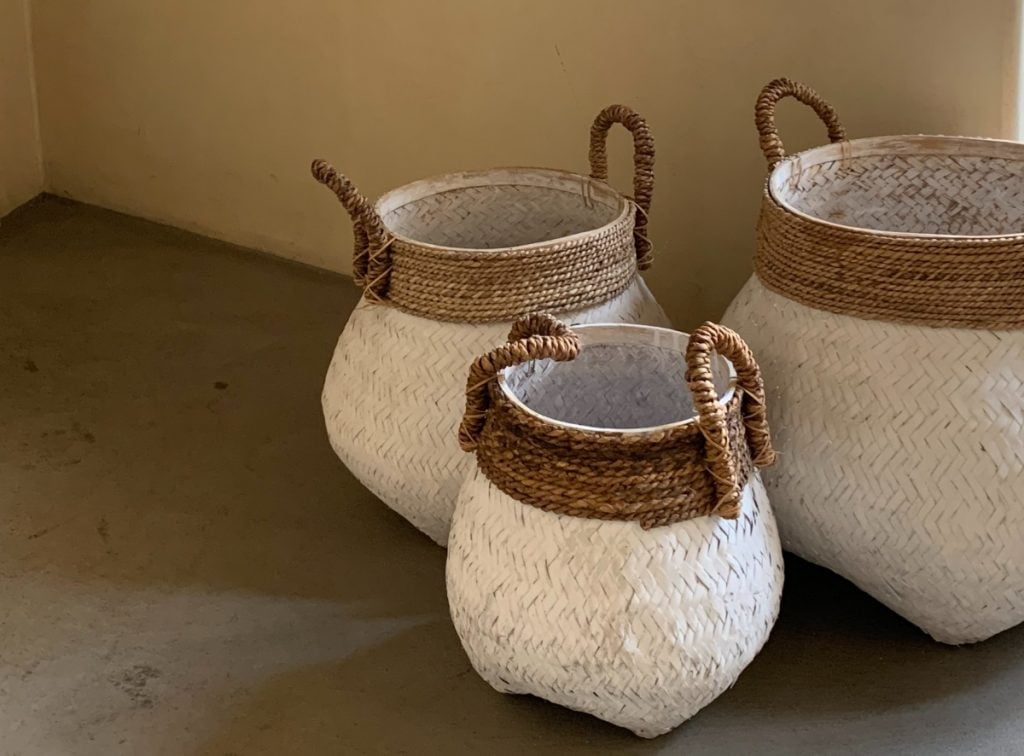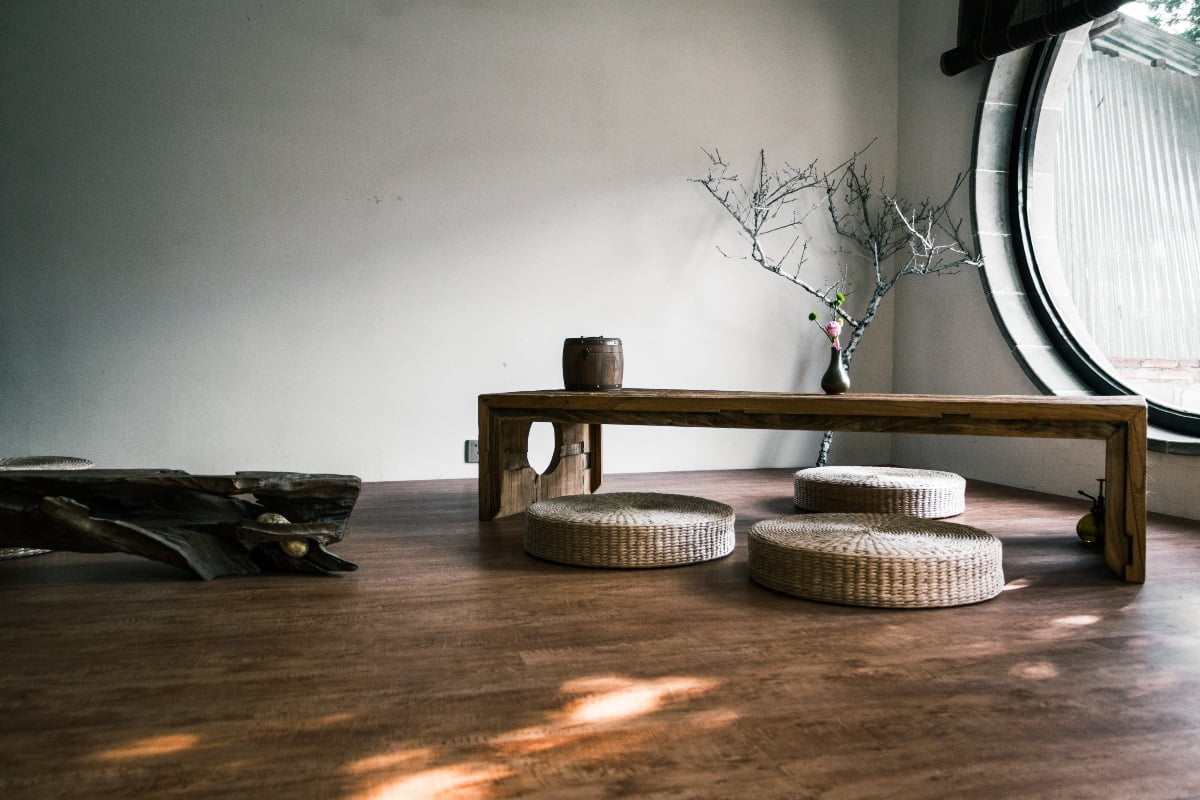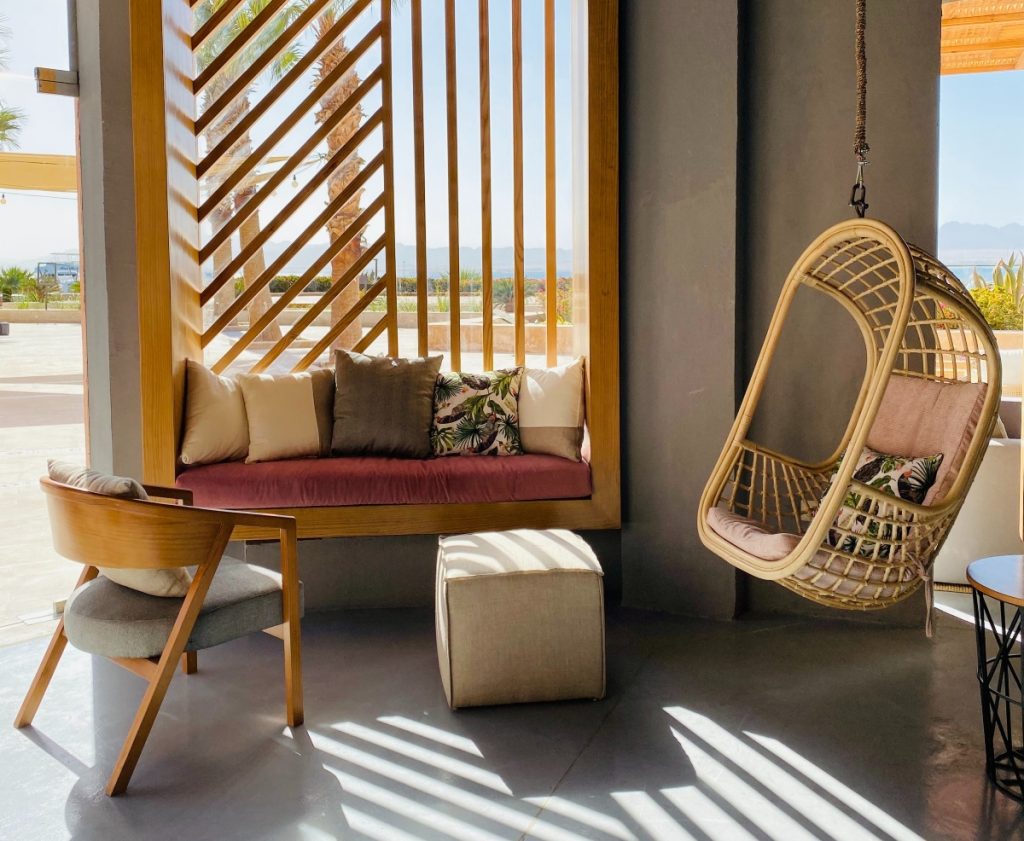The idea that the space we spend time in can affect how we feel is not new. However, in the post-pandemic society and with the prevalence of mental health issues in the world population, interior design became essential for general wellbeing.
By Stella Green Thompson
Even before COVID-19, people spent most of their time indoors using technology for a good part of the day without a chance to really reflect and relax. The pandemic’s only accelerated this by shutting down our usual activities and leaving many without a support network to rely on.
Biophilic design has gained importance lately as a way to nurture our wellbeing through the use of natural elements. People are now more aware of the effects of our environment than ever and seek inspiration in nature to improve the quality of our lives.
But can biophilic design really improve emotional wellbeing?
What Exactly is Biophilic Design?

Biophilic design is not an entirely new concept. The term comes from the word “biophilia” which means the love of nature, which was also the title of Edward Wilson’s book in 1984. Wilson, who was a biologist, popularized the term arguing that humans have an innate affinity for nature and therefore, constantly seek that connection.
The biophilic design relies on the connection between nature and manmade structures. Implementing natural elements into interior design is believed to bring numerous health benefits thus improving our wellbeing.
The idea evolved since then to become the most popular trend in interior design lately. Again, COVID-19 contributed to this and placed an even bigger emphasis on the healing power of nature and the need to build a connection to it in our living and workspaces.
Benefits of Biophilic Design

Incorporating elements of nature into our interior design is linked to several health benefits including reduced stress and anxiety, improved blood flow, and the overall feeling of calmness.
A natural and organic home is believed to improve our mood, boost productivity, improve focus as well as aid in recuperation. Hence, healthcare facilities have been incorporating this design in recent decades to decrease recovery time after surgeries. Biophilic design is also heavily implemented in education facilities, hotels, retail, offices, and our homes.
Not only does biophilic design increase our creativity but it can completely change how we feel in a room.
How Can We Incorporate Biophilic Design?

There is no one certified way to incorporate biophilic design into our homes, offices, etc. The focus is on the connection with nature and its healing powers but which elements we choose and how we combine them is up to us.
Consider the building materials

The first and logical way to use biophilic design is to use natural materials such as wood. Adding a dining room set made of wood can completely change the way we feel in our home, for example. Not only is wood very durable but sustainable furniture like this is also great for the environment.
Other natural materials such as stone, hemp, and straw are also great for adding a bit of nature into our homes. It is not unusual to see stone walls in showers, hemp fabrics and decoration, as well as pots made of straw or rattan.
The more natural elements the better.
Add plants

A great way to incorporate biophilic design is to add plants, whether decorative or air purifying. Plants have always been present in interior design but their importance is greater than ever now that people are aware of their soothing effects and benefits for our health and wellbeing.
Plants are not only believed to reduce stress and anxiety but also to boost creativity. That is why plants in offices have become essential. Some plants also purify the air by producing oxygen so the benefits are numerous.
But it’s not just the plants. The color green is prevalent in interior design lately due to its link to several health benefits. Green wallpapers, furniture, and art are also great ways to improve our wellbeing. In fact, looking at the color green impacts our thinking and it is the most pleasing color to the human eye.
It is not by chance that an idea of the ideal vacation for many is to sit by the sea or gaze at the mountains. The color attracts us and soothes us.
Light

The biophilic design also relies on natural light and maximizing exposure to it. A well-lit home is essential in improving our wellbeing as opposed to curtains and drapes. This is not surprising given the fact that exposure to sunlight boosts our mood, improves sleep, and thus contributes to overall wellbeing.
Hence, biophilic interior designers advise letting as much light in as possible and rearranging furniture to enable light to “flood” your home. Arrange your sitting furniture so that you’re always exposed to the sun during the day.
To put it simply, biophilic design can improve the quality of our lives and help us stay connected to the outdoors. Whether it’s an office or our home, elements of nature can help us stay grounded and feel happier.
About the Author:
Stella is a graphic designer, interior design consultant, DIY enthusiast, and content creator. She is also very passionate about the environment and her hobbies center around her love for nature, yoga, and living in balance. Stella is a lover of basics and her style can be described as urban luxe. She is a contributor to several lifestyle blogs and magazines.
You can find more about her writing by following her on Twitter: https://twitter.com/StellaGreenTho1